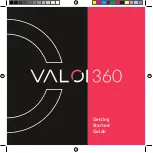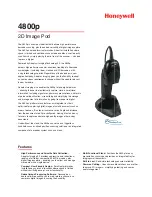
70
5.3 Without Line-of-Sight
When line-of-sight is not possible, signal penetrates and is reflected by different
objects to reach the destination. Therefore, it is important to learn about how
these materials would affect signal propagation.
Depending on the thickness, moisture content and angle of incidence, a wall
may allow between 1% and 25% of the radio power to pass through.
Metal panel or metalized glass window will not allow much radio power to pass
through. Signal will be reflected if the panel is a mirror.
Some radio power may propagate through small holes in the panel or around
metal edges through the process of diffraction.
Material Type
Possible Signal
Reduction
Wood, Plaster, Sheetrock, Fiberglass
Uncoated Glass w/out Metal
0 to 10%
Brick, Pressboard
5 to 35%
Reinforced Concrete
10 to 90%
Metal Walls, Metal Doors, Elevators, Metal Piping,
Metal Stair Cases, Metal Mesh, Metal Screening
90 to 100%
Figure 5.3 Materials in Buildings
In a non-line-of-sight situation at 2.45 GHz, it is possible to move the receive
antenna only 1 to 1 1/2" (3 to 4 cm) and see signal strength varies from
6 dB to -20 dB due to multiple signal reflection path. Therefore, there should be
about 20 dB path loss margin to take signal fading into account.
5.4 Casing and Closure Around the Antenna
See
Section 2.1.4.2
and
Figure 2.5.
















































